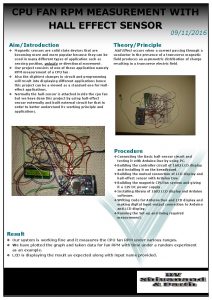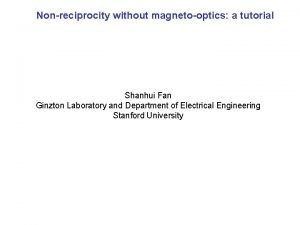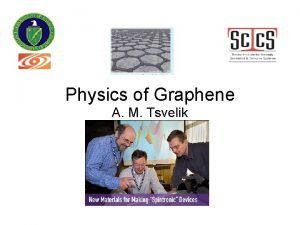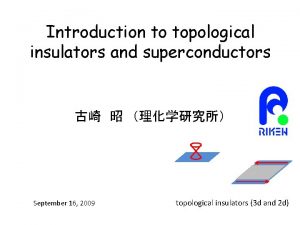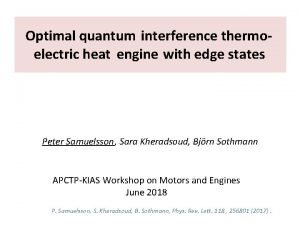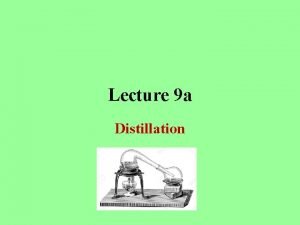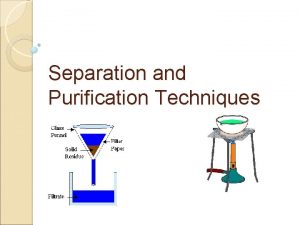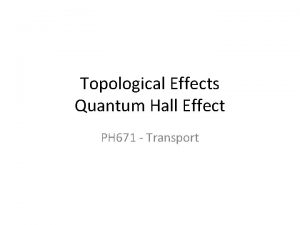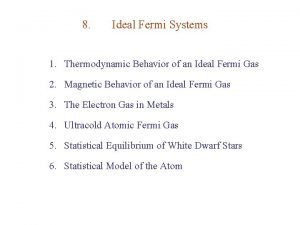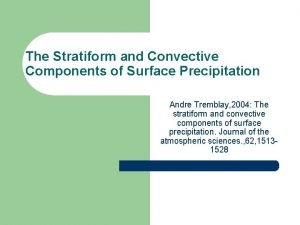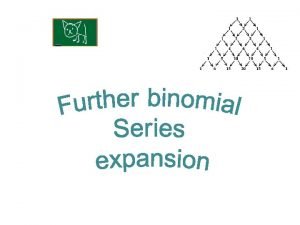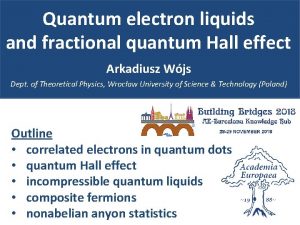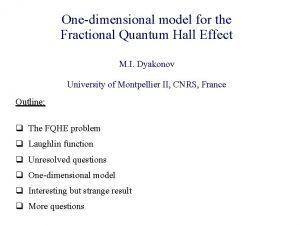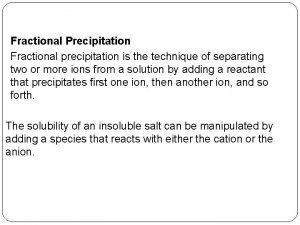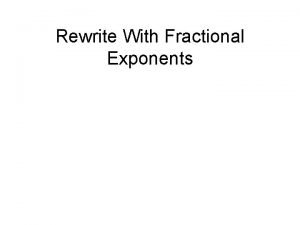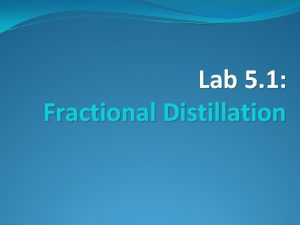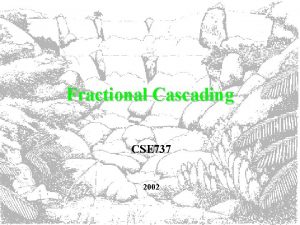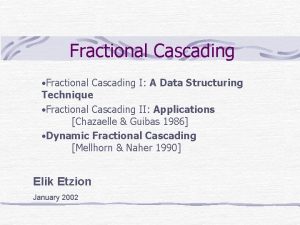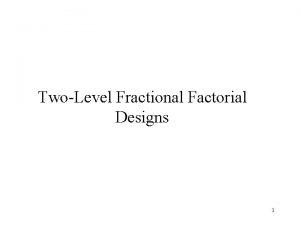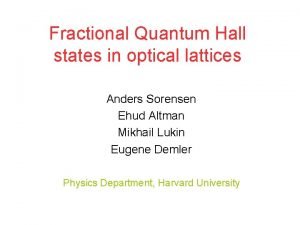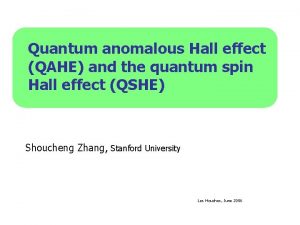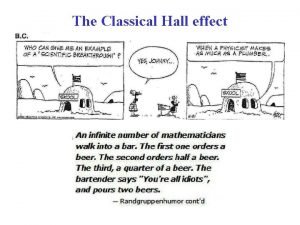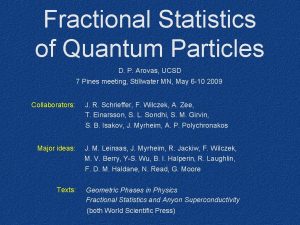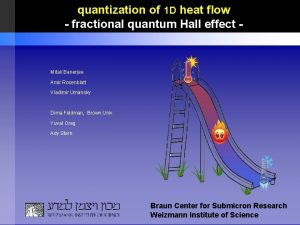Quantum Hall Effect and Fractional Quantum Hall Effect




















- Slides: 20

Quantum Hall Effect and Fractional Quantum Hall Effect

Hall effect and magnetoresistance Edwin Herbert Hall (1879): discovery of the Hall effect is the electric field developed across two faces of a conductor in the direction j×H when a current j flows across a magnetic field H the Lorentz force in equilibrium jy = 0 → the transverse field (the Hall field) Ey due to the accumulated charges balances the Lorentz force quantities of interest: magnetoresistance resistivity (transverse magnetoresistance) Hall (off-diagonal) resistance Hall resistivity the Hall coefficient RH → measurement of the sign of the carrier charge RH is positive for positive charges and negative for negative charges

force acting on electron equation of motion for the momentum per electron in the steady state px and py satisfy cyclotron frequency of revolution of a free electron in the magnetic field H multiply by the Drude model DC conductivity at H=0 at H = 0. 1 T the resistance does not depend on H RH → measurement of the density weak magnetic fields – electrons can complete only a small part of revolution between collisions strong magnetic fields – electrons can complete many revolutions between collisions j is at a small angle f to E f is the Hall angle tan f = wct








Higher Mobility= fewer localized states

Single electron in the lowest Landau level Filled lowest Landau level

Modulation doping and high mobility heterostructures


This was just the beginning of high mobilities


At high magnetic fields, electron orbits smaller than electron separation

new quantum Hall state found at fractional filling factor 1/3

Even higher mobilities result in even more fractional quantum Hall states

Uncorrelated ? = 1/3 state Correlated ? = 1/3 state Whole new concept of a “Composite Fermion”
 Hall effect sensor for rpm measurement
Hall effect sensor for rpm measurement Integer quantum hall effect
Integer quantum hall effect Landau level quantum hall effect
Landau level quantum hall effect Landau level quantum hall effect
Landau level quantum hall effect Origin of quantum mechanics
Origin of quantum mechanics Quantum physics vs quantum mechanics
Quantum physics vs quantum mechanics Quantum hall
Quantum hall Introduction distillation
Introduction distillation Distillation types
Distillation types Negative and fractional enlargements
Negative and fractional enlargements Simple distillation vs fractional distillation
Simple distillation vs fractional distillation Zeno paradox of motion
Zeno paradox of motion Quantum effect
Quantum effect Quantum effect
Quantum effect Zero point energy formula
Zero point energy formula Fractional interest discount
Fractional interest discount Stratiform precipitation
Stratiform precipitation Fractional reserve banking
Fractional reserve banking Solve equations with rational coefficients
Solve equations with rational coefficients Conclusion of fractional distillation
Conclusion of fractional distillation Binomial expansion
Binomial expansion
